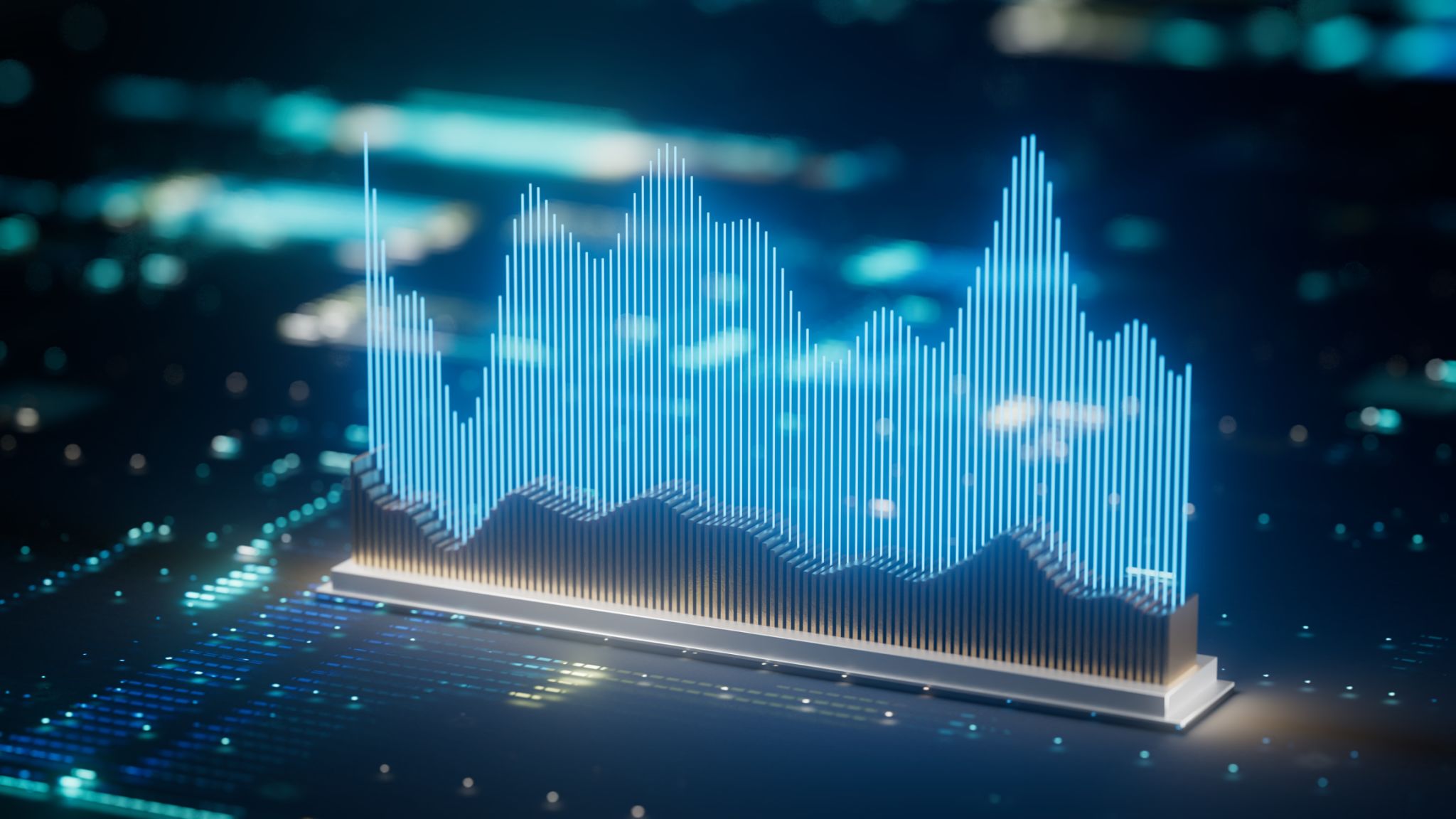AI Trading vs Traditional Trading: Which is Right for You?
Understanding AI Trading
AI trading, also known as algorithmic trading, utilizes computer algorithms to execute trades based on predefined criteria. These algorithms can analyze vast amounts of data at lightning speed, identifying patterns and trends that might be invisible to the human eye. The main advantage of AI trading is its ability to process information and react to market changes in real-time, making it a powerful tool for both short-term and long-term trading strategies.
With AI trading, investors can benefit from reduced emotional biases, as decisions are based purely on data and statistical models. This can lead to more disciplined trading strategies. Additionally, AI systems can operate 24/7, allowing traders to take advantage of opportunities in global markets that operate outside of traditional trading hours.

Diving into Traditional Trading
Traditional trading, on the other hand, relies heavily on human intuition and expertise. Traders analyze historical data, economic indicators, and market news to make informed decisions. This approach often involves a deep understanding of market psychology and a keen sense of timing.
One of the primary benefits of traditional trading is the human element involved in decision-making. Experienced traders can adapt to unexpected market changes in ways that algorithms might not be programmed to handle. Additionally, traditional traders often build relationships with brokers and other market participants, which can provide valuable insights and opportunities.

Comparing AI and Traditional Trading
When comparing the two approaches, several factors can influence which method might be best for an individual trader. Here are some key considerations:
- Speed and Efficiency: AI trading is faster and can handle large volumes of data simultaneously, leading to potentially quicker execution of trades.
- Emotional Control: AI systems eliminate emotional bias, while traditional trading can be influenced by human emotions.
- Flexibility: Traditional traders can adapt strategies based on nuanced market changes that algorithms might not recognize.
Choosing the Right Approach for You
Your choice between AI and traditional trading should align with your personal goals, risk tolerance, and resource availability. If you prefer a systematic approach with minimal emotional interference, AI trading might be the right fit. However, if you value intuition and have a strong understanding of market dynamics, traditional trading could be more suitable.
Consider the following steps when deciding:
- Evaluate your trading objectives and risk tolerance.
- Assess your comfort level with technology and algorithm-based systems.
- Determine the amount of time you can dedicate to monitoring and executing trades.

The Future of Trading
The landscape of trading is continuously evolving, with advancements in technology shaping new ways to approach the markets. While AI trading is growing in popularity due to its efficiency and data-driven approach, traditional methods continue to hold value due to their adaptability and human insight.
Ultimately, the best approach may be a combination of both strategies. By blending the precision of AI with the intuition of experienced traders, investors can optimize their trading performance and achieve a more balanced strategy.
Whichever path you choose, understanding the strengths and limitations of each method will be key to navigating the complex world of trading successfully.